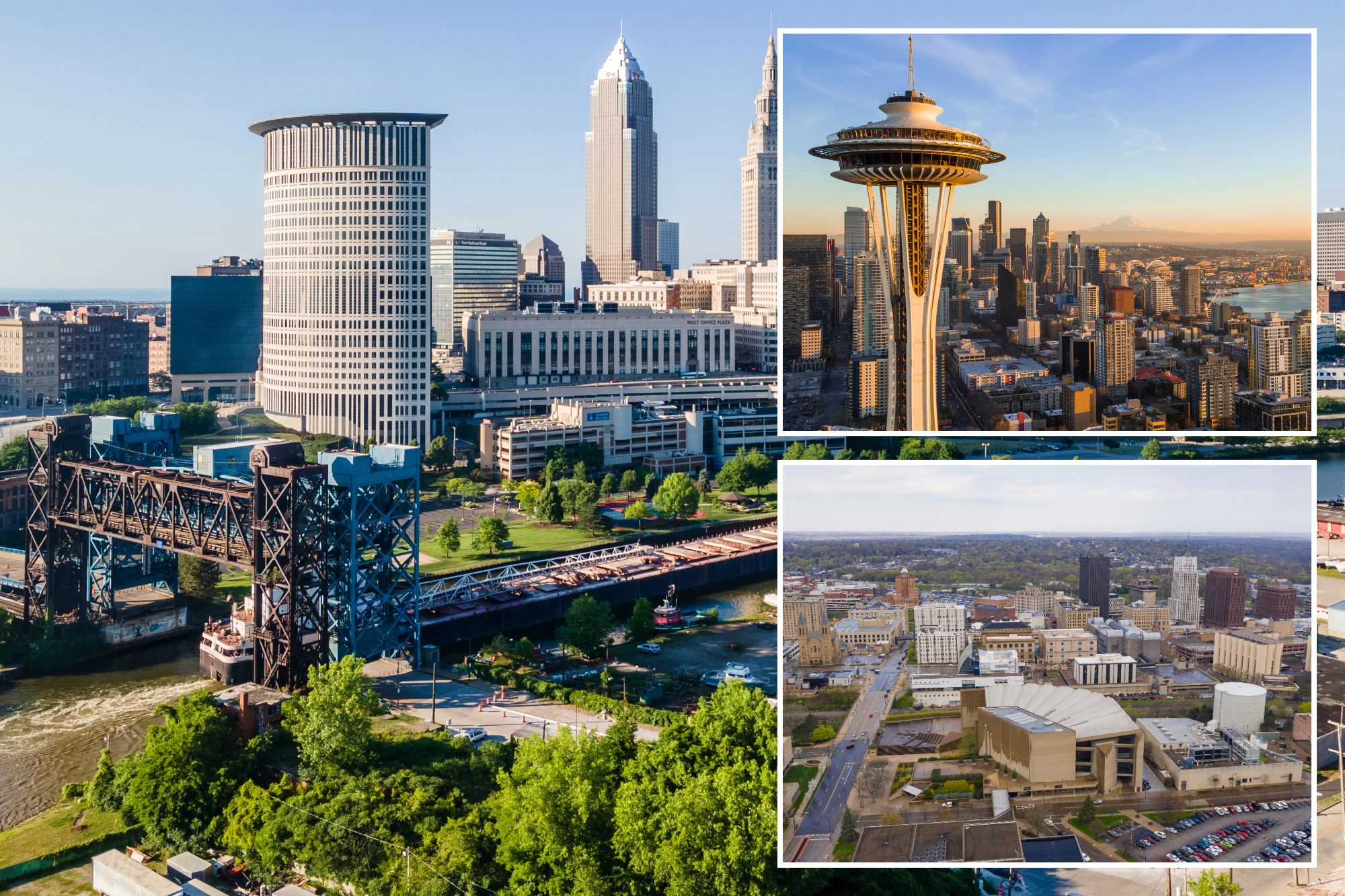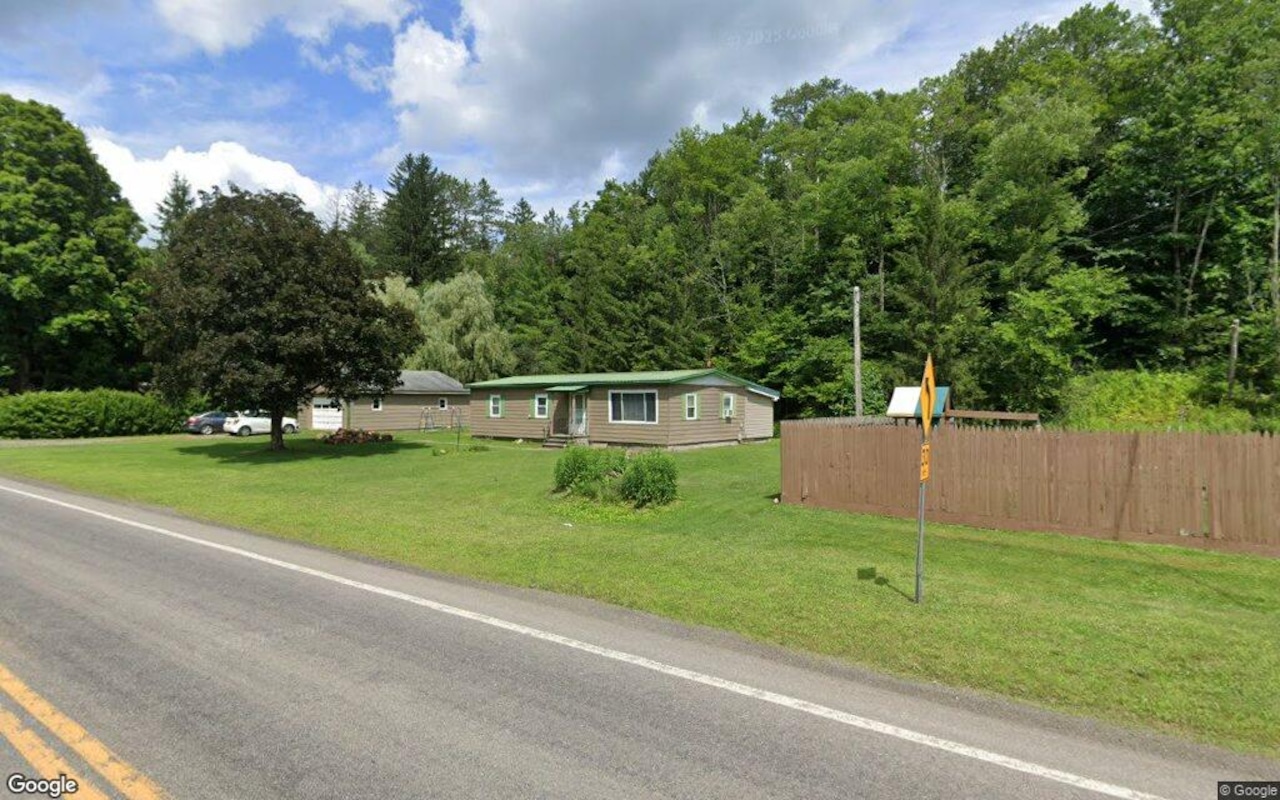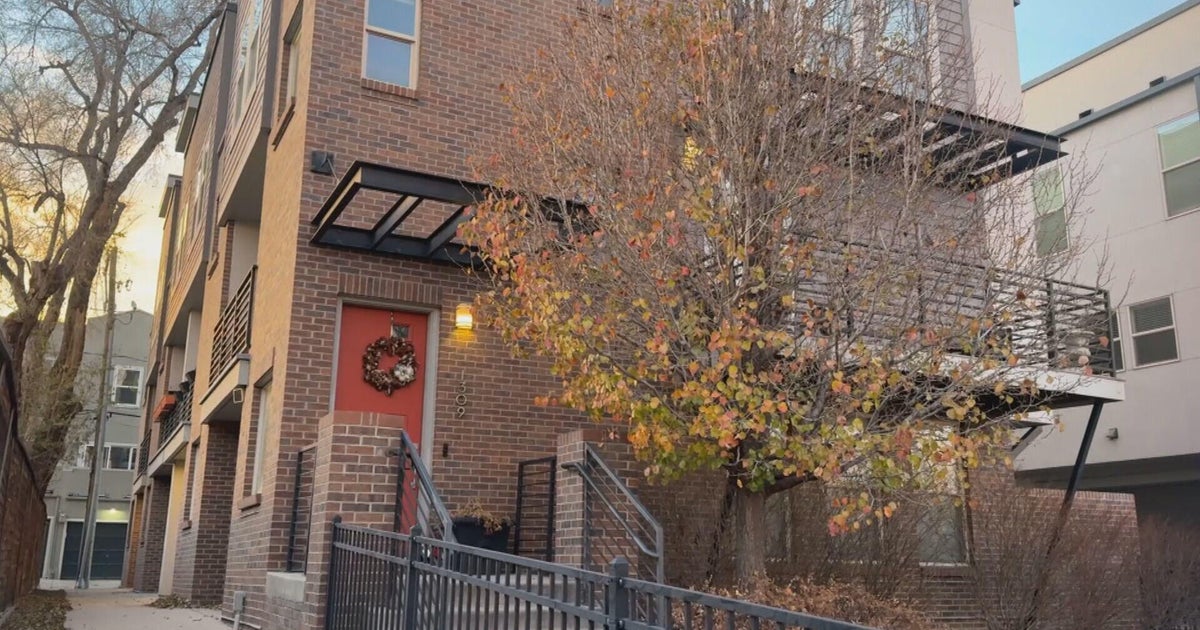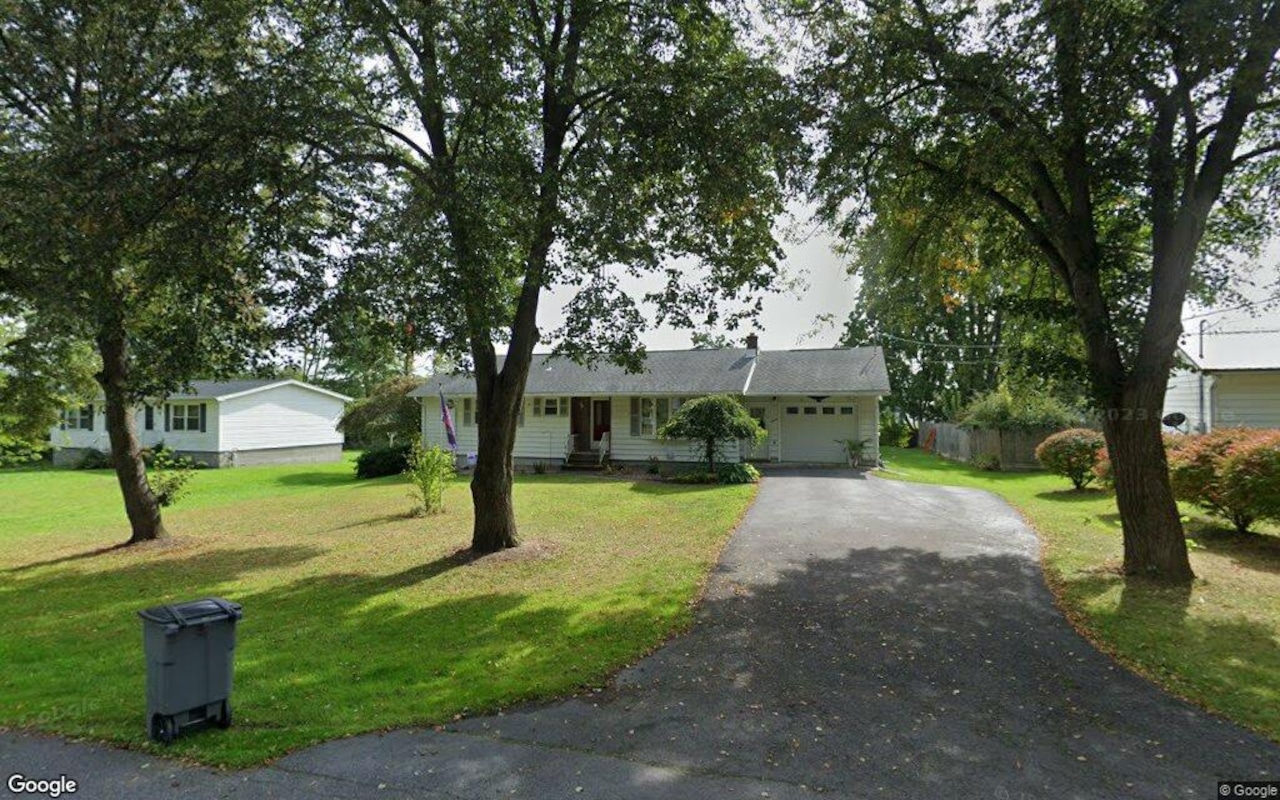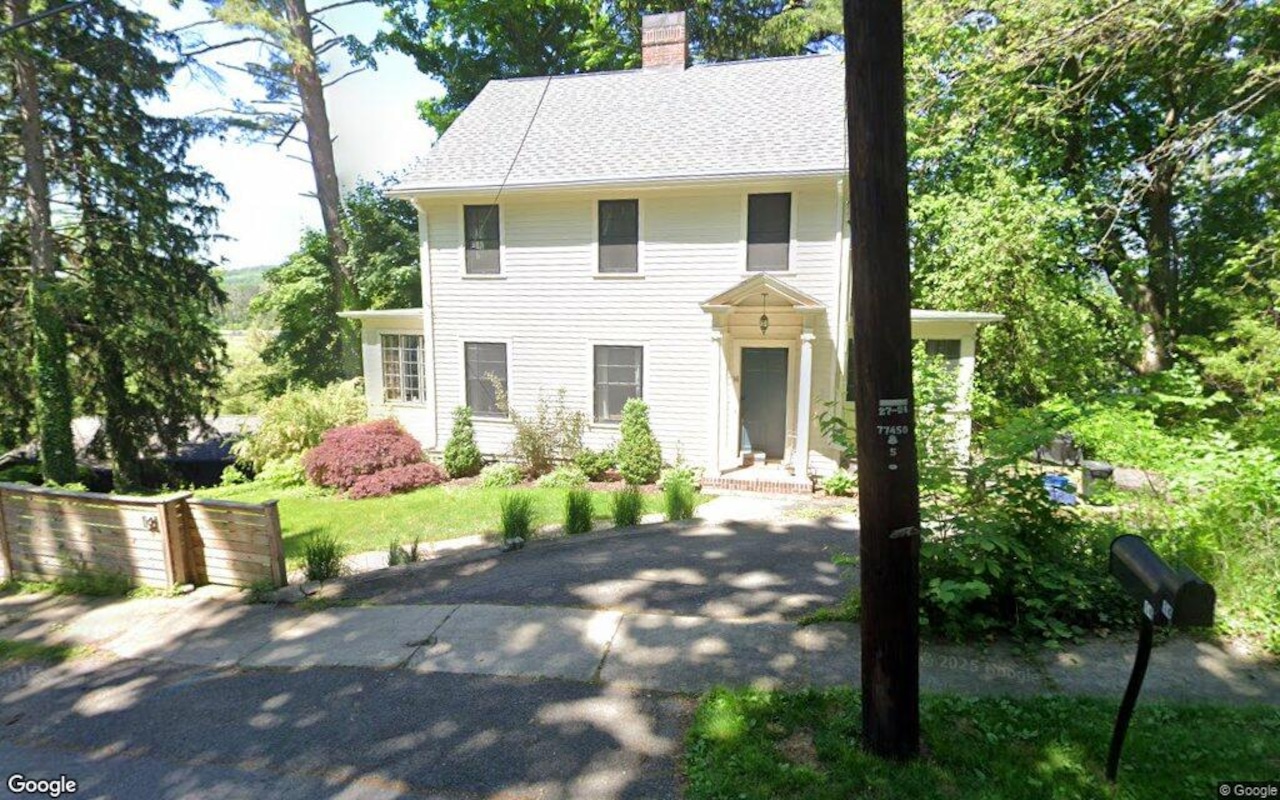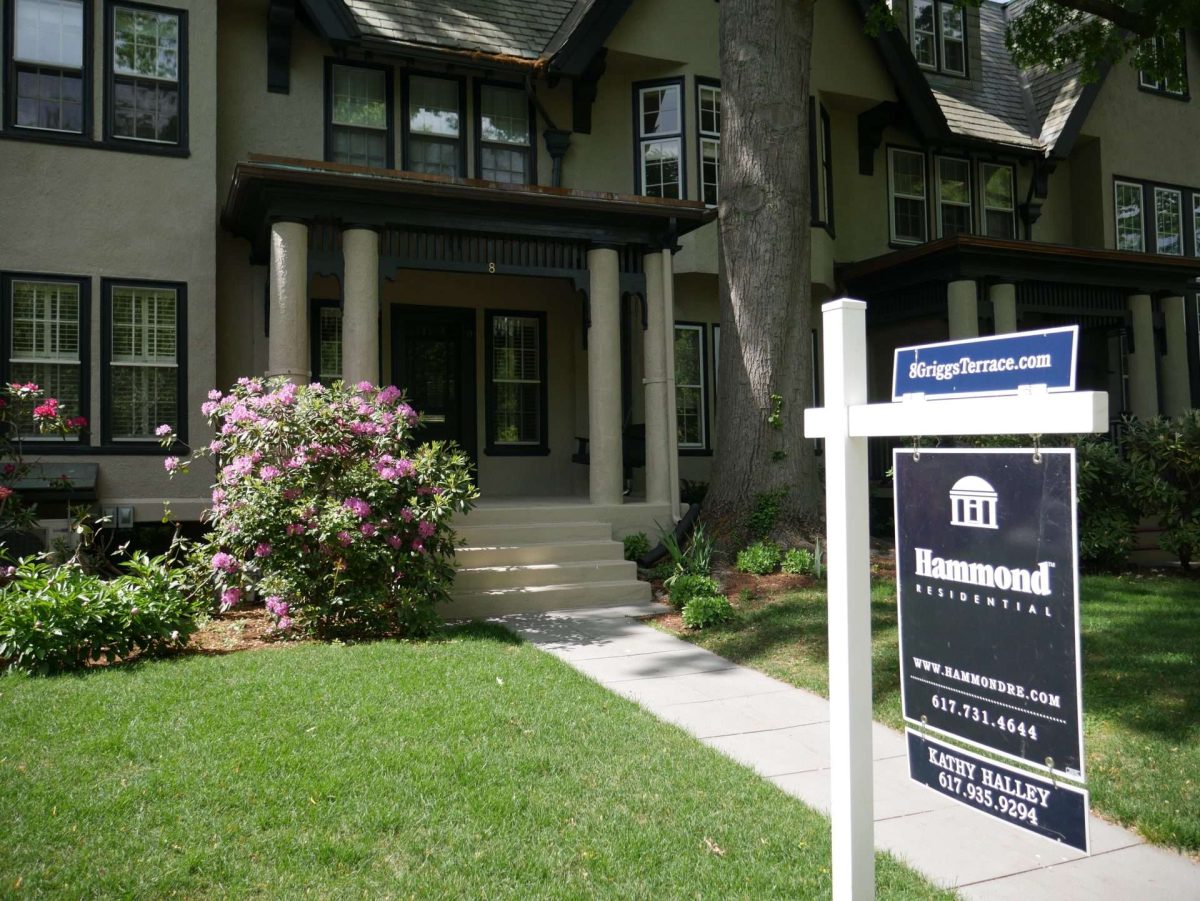N
atural disasters have already caused over $25 billion in damage this year, and a new report highlights that nearly half of US homes are at risk for extreme weather exposure. The Realtor.com 2024 Housing and Climate Risk report found that 44.8% of U.S. homes face threats from extreme heat, wind, flood, and wildfires.
These risks not only affect people's quality of life but also impact housing prices and home insurance rates. Sun Belt states are particularly vulnerable to disasters, with Mississippi's insurance rates 30% above the national average and Florida's four times higher. Research by the First Street Foundation estimates that 3.2 million people have become "climate migrants" due to extreme weather conditions.
To help prospective buyers navigate these risks, Realtor.com has created property-specific environmental risk scores for listings. These scores allow users to assess the likelihood of hazards such as hurricanes, floods, and wildfires in various locations. By choosing areas with low natural disaster risk, homeowners can reduce their risk of property damage, lower insurance costs, and enjoy a more stable local economy.
Realtor.com has also identified the safest cities to live in based on the share of homes that face minimal or minor hurricane, flood, or fire damage risk. The top five cities are:
Akron, OH - 91.1% of homes at lowest risk
Cleveland, OH - 89.3% of homes at lowest risk
Seattle, WA - 88.4% of homes at lowest risk
Columbus, OH - 87.7% of homes at lowest risk
Dayton, OH - 87.2% of homes at lowest risk
These cities offer a lower risk of natural disasters and can provide a more secure and stable lifestyle for homeowners.
